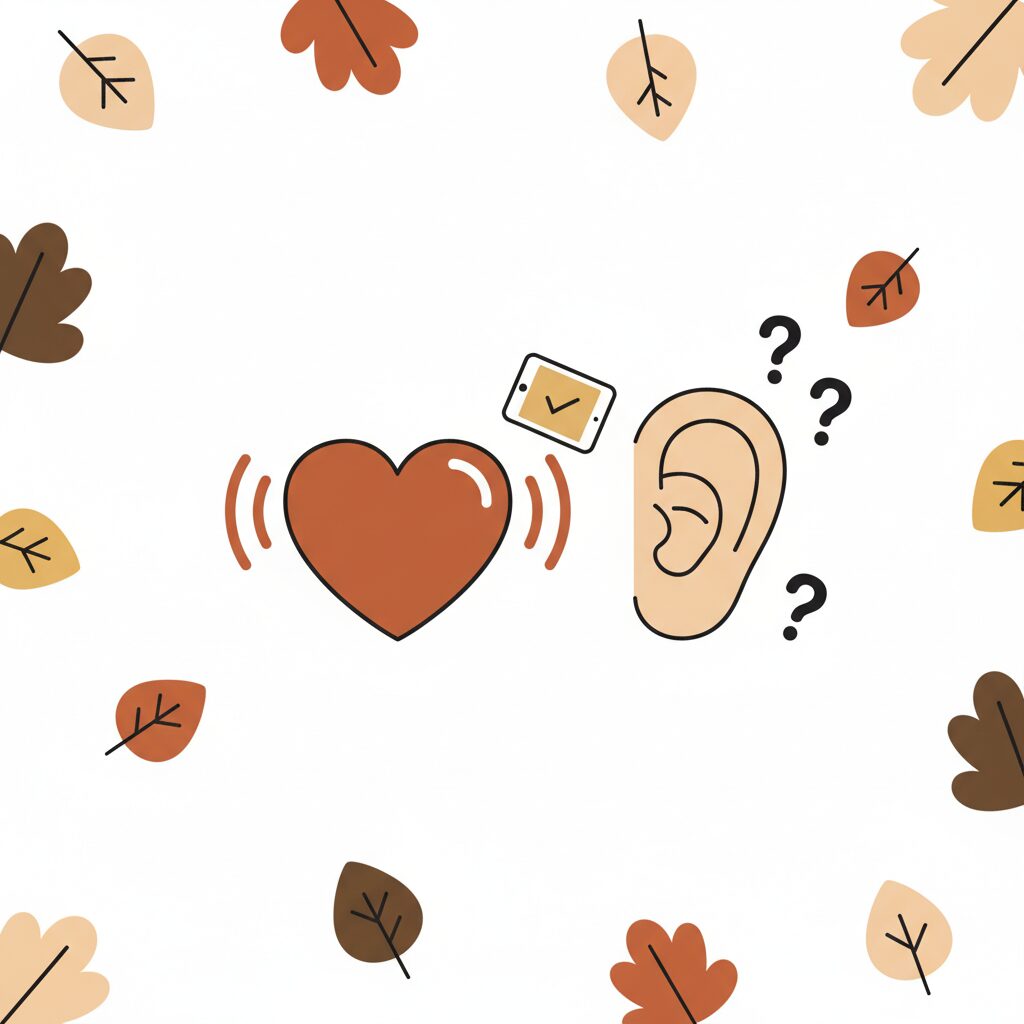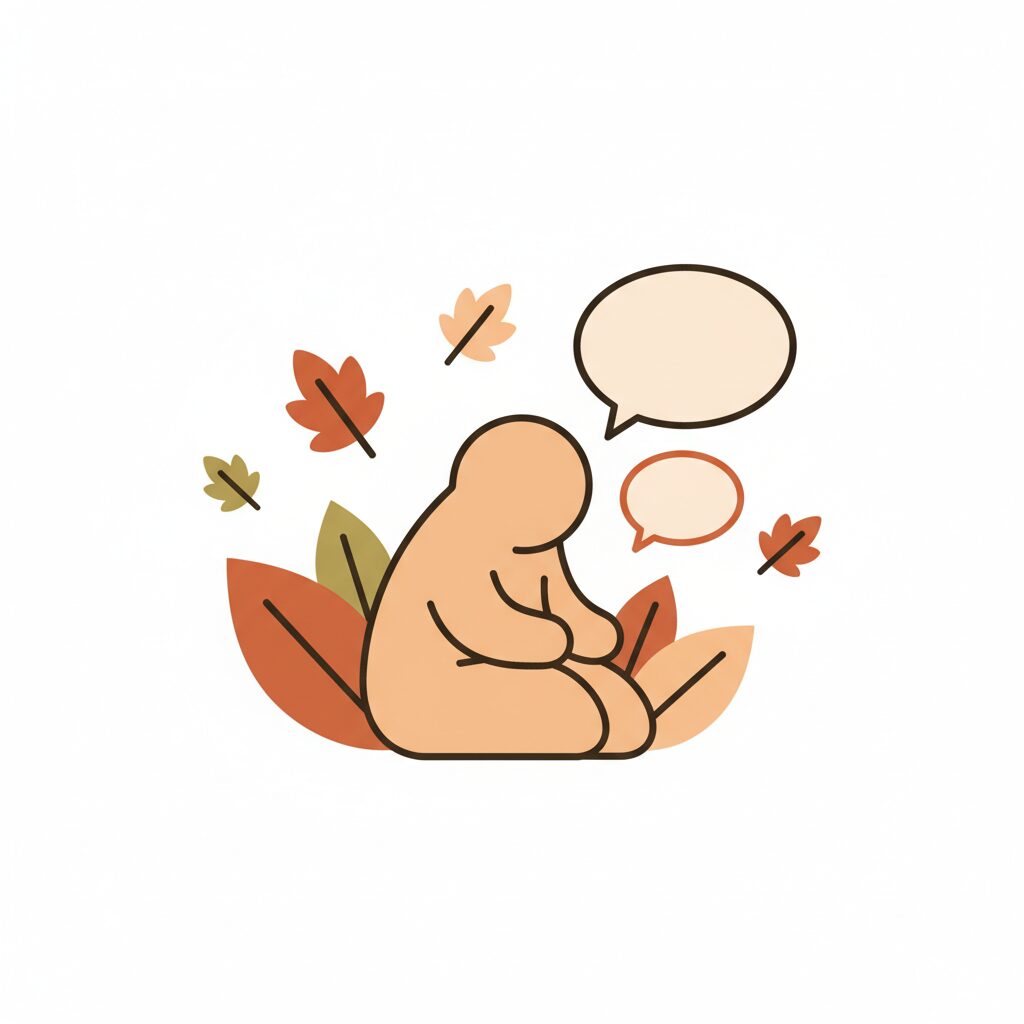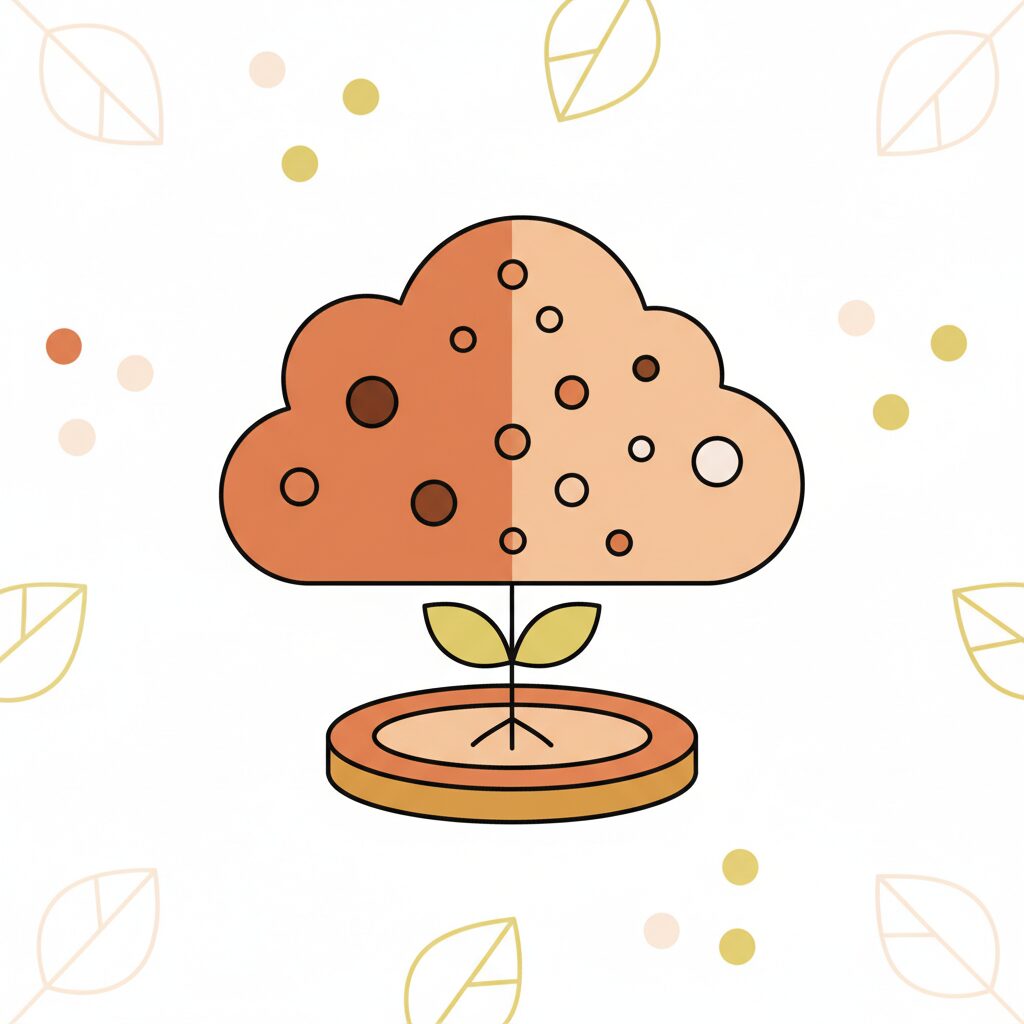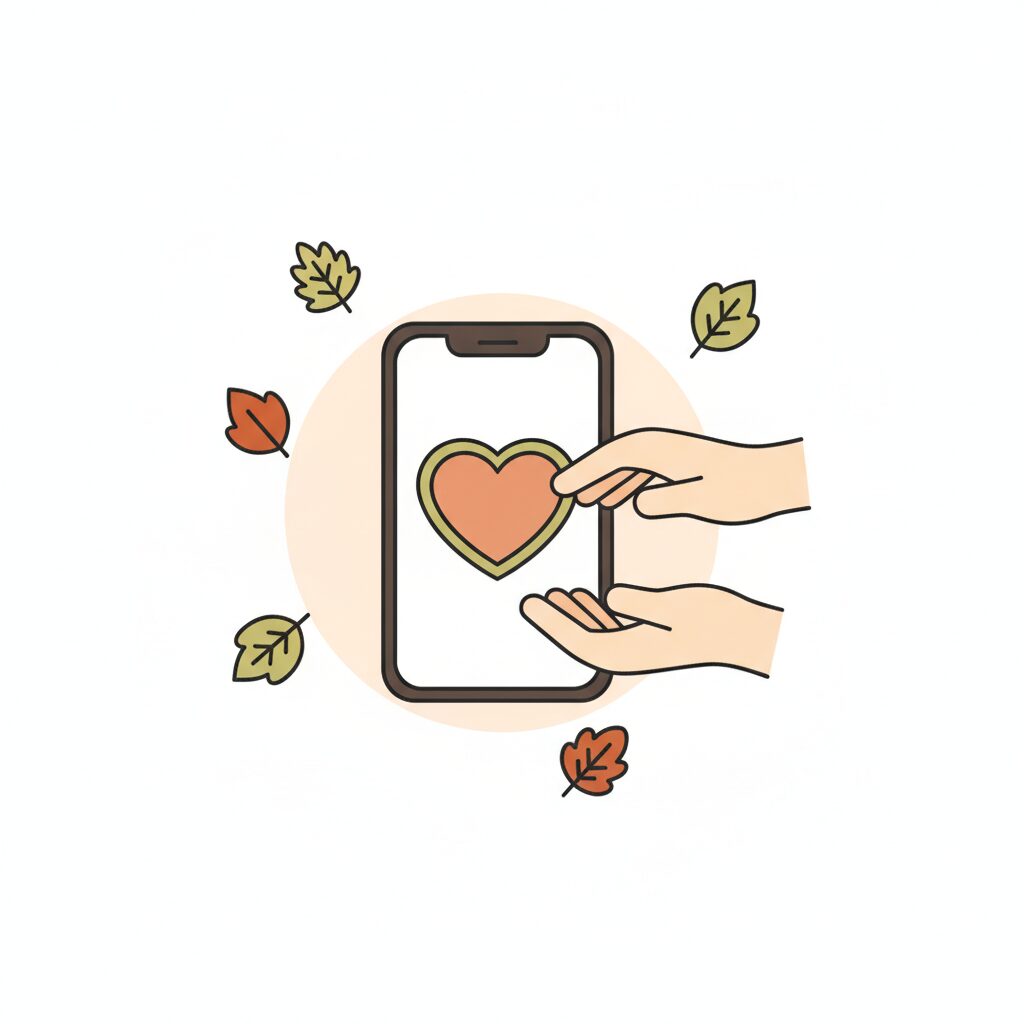
Remember that quiet moment last week when your child came home, uncharacteristically subdued? Maybe they skipped their usual park visit, or their “I’m fine” didn’t quite ring true. As parents, we’re wired to pick up on those tiny shifts—the same intuition doctors have long relied on with a stethoscope pressed to a chest. Now, imagine that humble tool getting supercharged: a new AI stethoscope can spot three serious heart conditions in just 15 seconds, potentially doubling early detection rates. This research out of London isn’t just medical news; it’s a nudge for all of us. How do we blend timeless care with thoughtful tech without losing the human connection that matters most?
The Art of Listening: How Can We Amplify Our Parental Instincts?

For two centuries, the stethoscope barely evolved—a trusted bridge between healer and human. Dr. Bächtiger and his team at Imperial College were amazed that AI now lets it analyze subtle heartbeats in 15 seconds, yet it’s not replacing doctors; it’s sharpening their focus. Parents, isn’t this just like us? Our instincts are the real toolkit: noticing when hugs feel tighter than usual, or spotting the flicker of doubt behind a brave smile. Technology can step in as a helper—like setting a phone reminder for family dinner—but it’s the unplugged moments that build trust. Try the “quiet minute” game: sit together without screens, just observing. This practice of deep listening helps you hear more in that silence than any app could tell you. It’s not about being perfect listeners; it’s about being present. And wow, does that presence change everything! Think of it as your daily “check-up” for connection—because the best insights come not from data streams, but from locking eyes and really seeing your child. That warmth when they finally share their worry? That’s the human heartbeat tech can’t replicate.
Catching Whispers: How Can We Spot Early Signs of Our Child’s Emotions?

Early detection saves lives—that’s why this AI stethoscope is such a game-changer. In parenting, the same principle applies. Small signs often whisper before they shout: a reluctance to join playdates, sudden clinginess, or even changes in how they play. Kids might not have the words for big emotions, so they show us through actions. It’s like reading weather signs—we don’t wait for the storm to prepare; we watch the clouds gathering. What if we applied that vigilance at home? Swap one screen-filled evening for “high-low sharing”: “What made you happy today? What was tricky?” You’ll be amazed how quickly little ones open up when they feel safe to be heard. And here’s a pro tip: tread gently. Never force it—just create space. If they’re not ready, try again tomorrow. Because catching those whispers early isn’t about fixing them instantly; it’s about building a foundation where they know you’re always tuned in. That trust? It’s the ultimate resilience booster, helping them navigate bigger challenges down the road and develop their emotional intelligence. This reminds me of when my daughter came home unusually quiet one day after her first week at school—her usual chatter replaced by a thoughtful silence. Instead of pushing for answers, we made her favorite kimchi pancakes and sat together at the table, just enjoying the familiar comfort. Sometimes, the most powerful listening happens in shared moments rather than direct questioning.
Parenting Tech: How Can Tools Support Without Taking Over?

Building on this idea of technology enhancing human capabilities rather than replacing them, the coolest part of this stethoscope story? The AI doesn’t diagnose alone—it gives doctors insights to inform their expertise. That’s the golden rule for parenting tech too: tools should support, not supersede, your role. A fitness tracker might count steps, but it won’t celebrate your child’s first bike ride with the same joy you do. An educational app can teach math facts, but it lacks the warmth of high-fiving over a tough problem. Balance makes all the difference. Try this: designate “tech helpers” for specific moments—like using a story podcast during bath time—then switch to interactive play afterward. And if work gets crazy? It’s okay to use a show as a breather, but follow up with, “Let’s recreate that scene with puppets!” We’re not aiming for screen-free perfection—just mindful presence. Remember, no tool can replace the magic of a whispered “I believe in you” before a school performance. That’s the kind of care that sticks with kids long after the device is packed away. After all, the most powerful tech we have is our attention—and it’s always in our pocket when we maintain a healthy technology balance.
Growing Big Hearts: How Can We Raise Emotionally Intelligent Kids in a Digital Age?

When our kids see technology used with purpose—like this stethoscope helping real people—it shapes their values. They learn tools should serve others, not just entertain. Why not let this inspire playful learning? Build a “listening lab” together: press an ear to a seashell, then compare it to real heartbeat videos (safely sourced). Or take a neighborhood walk spotting “early signs”—the first autumn leaf, a squirrel’s busy stash—teaching them observation as a superpower. It’s not about raising mini-doctors; it’s about nurturing empathy. Curiosity grows best when we explore together: “What do you think that bird is saying?” These moments plant seeds for future innovators who’ll ask, “How can I help?” not just “What’s next?” And here’s the beautiful part: by modeling thoughtful tech use, we show them that progress isn’t cold or clinical—it’s warm, human, and deeply caring. Because the legacy we leave isn’t in gadgets; it’s in hearts that know how to truly listen and in the parent-child connection that will guide them long after they’ve grown up.
Source: AI stethoscope could detect major heart conditions in seconds, BBC News, 2025/08/30
